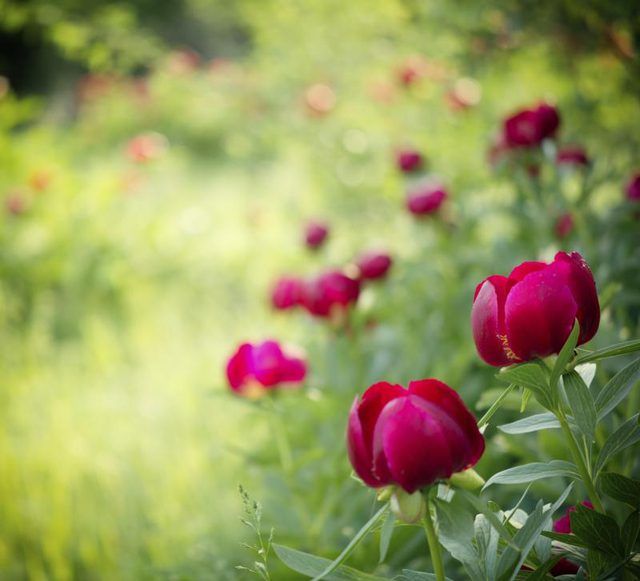Bulbs
Flower Basics
Flower Beds & Specialty Gardens
Flower Garden
Garden Furniture
Garden Gnomes
Garden Seeds
Garden Sheds
Garden Statues
Garden Tools & Supplies
Gardening Basics
Green & Organic
Groundcovers & Vines
Growing Annuals
Growing Basil
Growing Beans
Growing Berries
Growing Blueberries
Growing Cactus
Growing Corn
Growing Cotton
Growing Edibles
Growing Flowers
Growing Garlic
Growing Grapes
Growing Grass
Growing Herbs
Growing Jasmine
Growing Mint
Growing Mushrooms
Orchids
Growing Peanuts
Growing Perennials
Growing Plants
Growing Rosemary
Growing Roses
Growing Strawberries
Growing Sunflowers
Growing Thyme
Growing Tomatoes
Growing Tulips
Growing Vegetables
Herb Basics
Herb Garden
Indoor Growing
Landscaping Basics
Landscaping Patios
Landscaping Plants
Landscaping Shrubs
Landscaping Trees
Landscaping Walks & Pathways
Lawn Basics
Lawn Maintenance
Lawn Mowers
Lawn Ornaments
Lawn Planting
Lawn Tools
Outdoor Growing
Overall Landscape Planning
Pests, Weeds & Problems
Plant Basics
Rock Garden
Rose Garden
Shrubs
Soil
Specialty Gardens
Trees
Vegetable Garden
Yard Maintenance
How to Prune Peonies
How to Prune Peonies. Old fashioned gardens featured peonies (Paeonia spp.) prominently, not only for their spectacular early-spring blooms but also for their ease of care. Rampant in shades of red, pink, cream, purple and even yellow, peonies give gardeners the first lush bouquets of the growing season, provided you don't mind evicting a few ants...

Old fashioned gardens featured peonies (Paeonia spp.) prominently, not only for their spectacular early-spring blooms but also for their ease of care. Rampant in shades of red, pink, cream, purple and even yellow, peonies give gardeners the first lush bouquets of the growing season, provided you don't mind evicting a few ants before bringing them inside. Keep peonies neat with some simple housekeeping pruning tasks as they bloom, and again in late fall.
Peony Types
Most peonies are herbaceous perennials, meaning they die down to the ground each fall and bloom on new growth starting in the spring. Old garden peonies (Paeonia lactiflora) are the most hardy, growing in U.S. Department of Agriculture plant hardiness zones 3 through 8. Fern-leaf peony (Paeonia tenuifolia) is hardy in USDA zones 4 through 8, and Japanese peony (Paeonia Japonica) is hardy in USDA zones 5 through 8. Tree peony (Paeonia suffruticosa), the one peony that does not die back completely each season, is hardy in USDA zones 4 through 8. A few hybrids grow in warmer climates, but all peonies need winter chilling time to produce their glorious blooms.
Keep It Clean
Because peonies are compact and consist of new growth, you won't need pruning saws to work on them. A pair of sharp hand shears is all you'll need for most shrubs. Use long-handled loppers if you have many shrubs, a mature tree peony or if you have trouble bending and kneeling. Keep your tools sharp and clean -- wipe blades with a 50-50 solution of rubbing alcohol and water or a hand sanitizer several times, or at least when moving from one shrub to another.
Peonies are relatively resistant to pests and pathogens, but their lush growth can attract some wilts and soil-borne fungus diseases, so remove diseased foliage, blooms or stems whenever you spot them, and never let debris build up underneath the bushes. The plants seldom require division and produce best when left in one sunny, well-drained space -- but when lifting rhizomes, prune away soft, spongy areas to healthy white flesh with a sharp knife, sanitizing between each cut.
Managing Bloom Time
Peonies typically start several flower buds on each stalk, so either trim side buds to encourage larger blooms on the strong central stalk or take the central bud to produce several smaller blooms. Cut flowers, taking no more than one-third of the total bloom, by cutting the stem well into the main crown of foliage. Deadhead any remaining blooms at the end of the shrub's bloom, leaving a compact shrub to provide foliage for the summer garden. Deadheading is especially important to keep tree peonies' crowns compact.
Annual Pruning
The main pruning task for shrub peonies comes in fall after the plant's leaves have died back. Leave foliage intact to produce food for next year's growth until leaves shrivel completely. Cut peony shrubs back to the soil -- growth begins from the rhizome and should not have to climb through old plant matter. Never put the trimmings in your compost heap; dispose of them instead.
Tree peony should not be cut to the ground -- like other deciduous shrubs, it drops its leaves in fall. Leave the plants alone except to shape the top by trimming branches that overgrow the crown of the tree. Prune out deadwood in the spring. Trim suckers that form along the stem during spring in the south and in fall in the north. Remember to sanitize tools and remove leaf and branch debris.